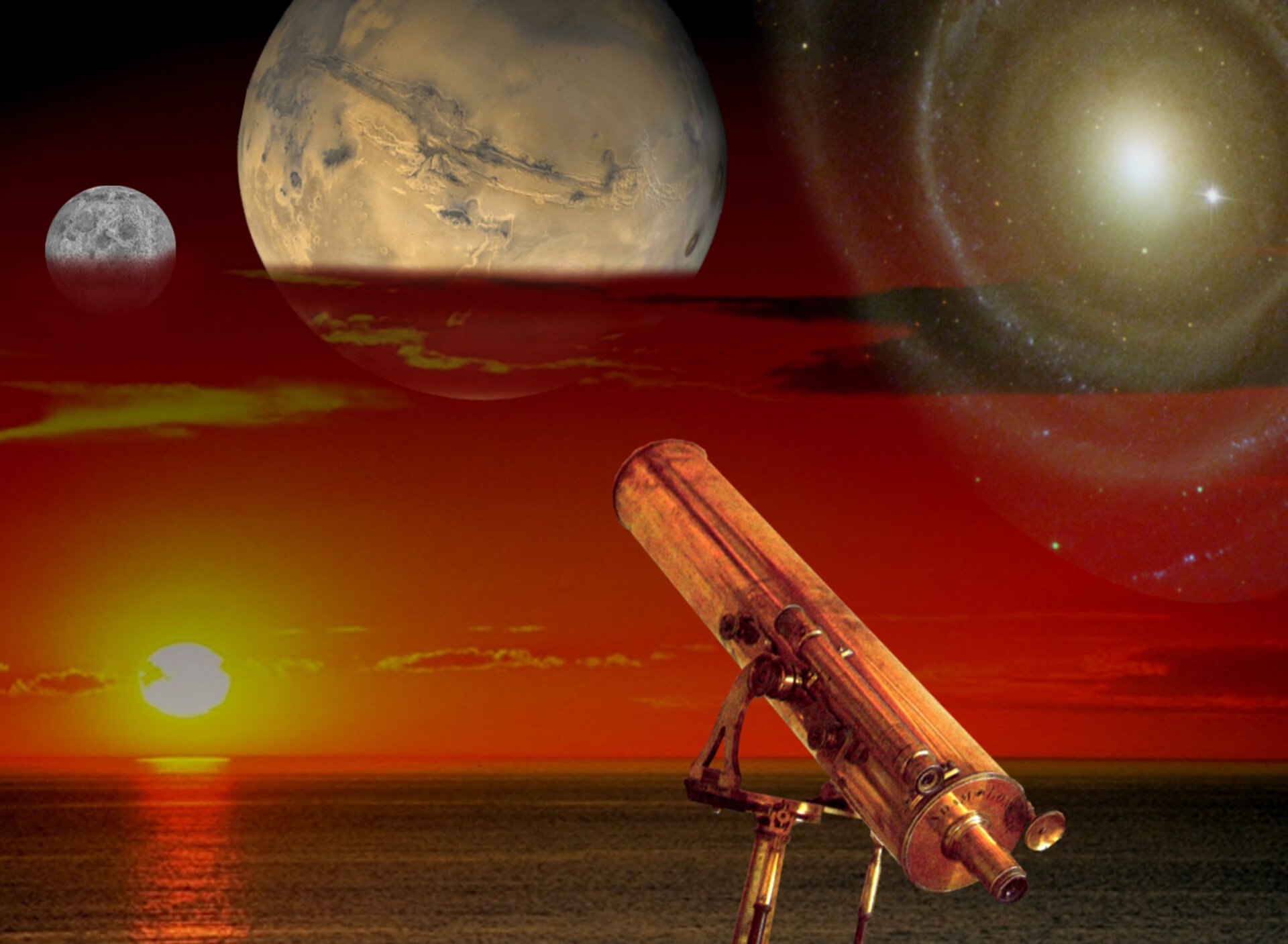About Exploring space
For centuries, humans have looked up at the night skies and wondered what exactly is out there.
Our natural curiosity has stimulated the development of technology to get a better look, starting with simple telescopes. But our overwhelming need for knowledge would not let us stop there.
When spacecraft first left our planet less than 50 years ago, space exploration entered its most exciting era. We can now go right to the heart of the action and observe phenomena that have never been seen before, phenomena that we are only now starting to understand.
ESA is leading the way in this voyage of discovery, which is constantly pushing back the frontiers of our knowledge. Its missions study the furthest reaches of our solar system, our galaxy and beyond, using cutting-edge science and highest-quality technology.
Each ESA mission is designed to address the questions that fascinate and affect us all: what are the origins of our Universe? What is its future? What are the mechanisms that drive it?
Some of these missions are taking a closer look at the places in our own Solar System, places we think we know well, such as the Sun. But although we may see it and feel its effects every day, ESA's solar missions are revealing a much more complex and intimate picture of our nearest star.
We are now looking at the storms on its surface, its turbulent atmosphere, and even unmasking its interior, in an effort to understand the subtle connections between the Sun and our own planet. Future missions to the Sun will get even closer, helping scientists to better predict future changes in our giant neighbour's behaviour.
Exploration of our Solar System, carried out by a flotilla of ESA missions, helps us to understand the space around us and why our own planet is so special. But how did planets form and evolve? Is life possible on other planets?
These are some of the questions that scientists try to answer at ESA. Tracking a comet and landing on its surface, or landing on Mars and on alien moons like Titan are irresistible and important challenges to ESA scientists.
However ESA goes beyond the Solar System: mapping the stars and searching for 'exoplanets', plotting and tracking the millions of brightest objects in the sky, sending cameras into space that can detect invisible as well as visible radiation.
Where we cannot travel, ESA builds enormous space telescopes to look into places we have never seen before — into the unknown.
In all these great adventures, ESA is continuing the European tradition of pioneering, travelling to the furthest reaches of our Universe and pushing back the boundaries of our scientific knowledge.
Journey with us: ESA’s exploration of space goes on…


